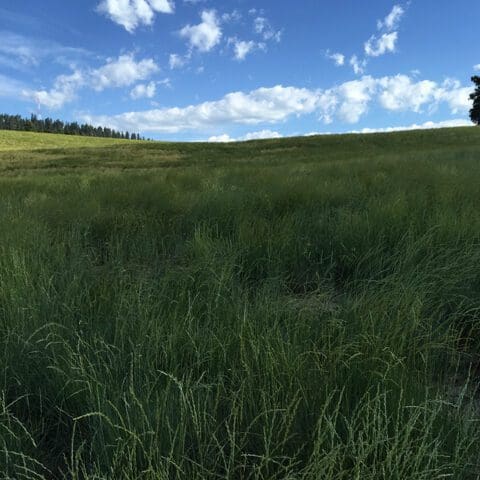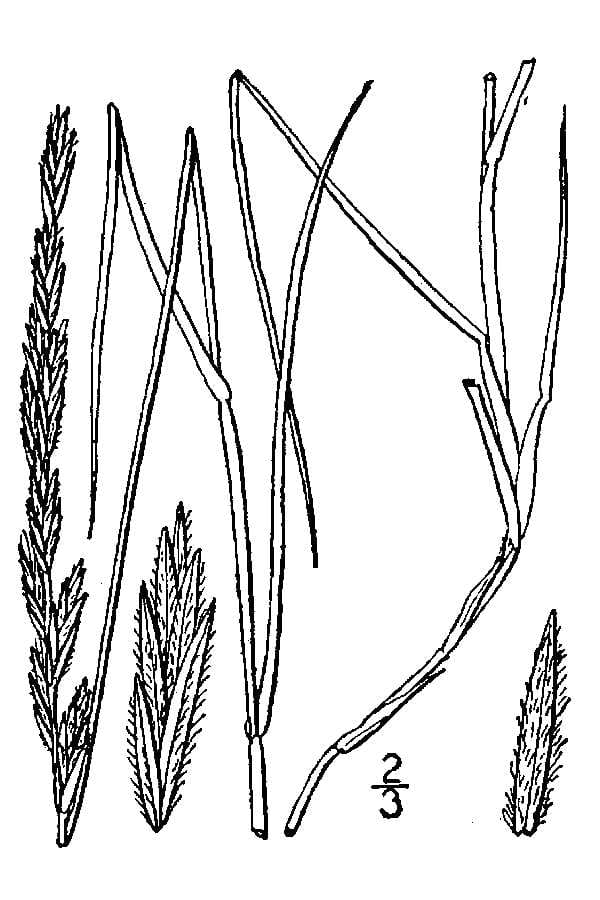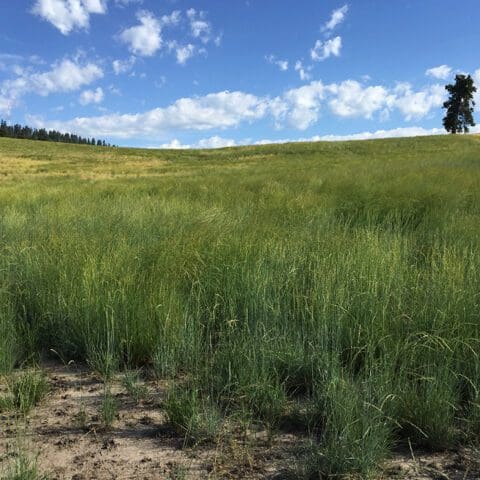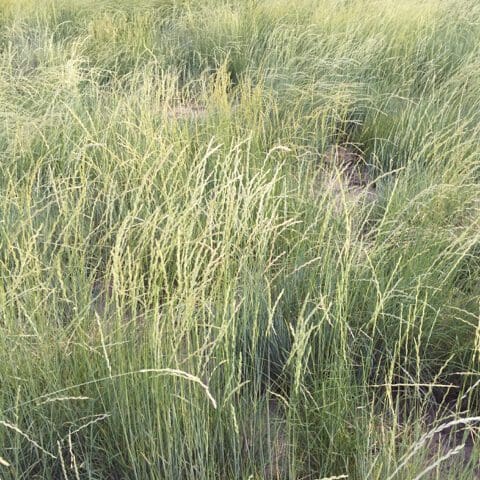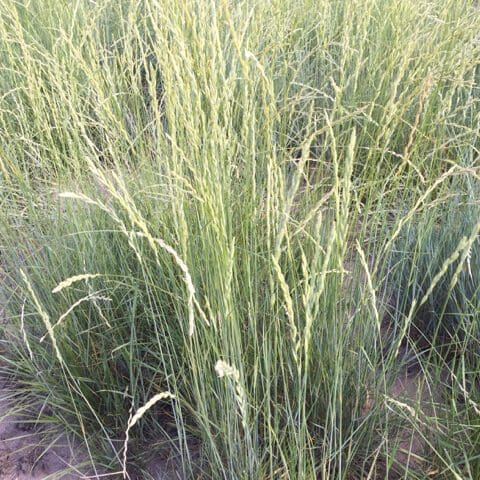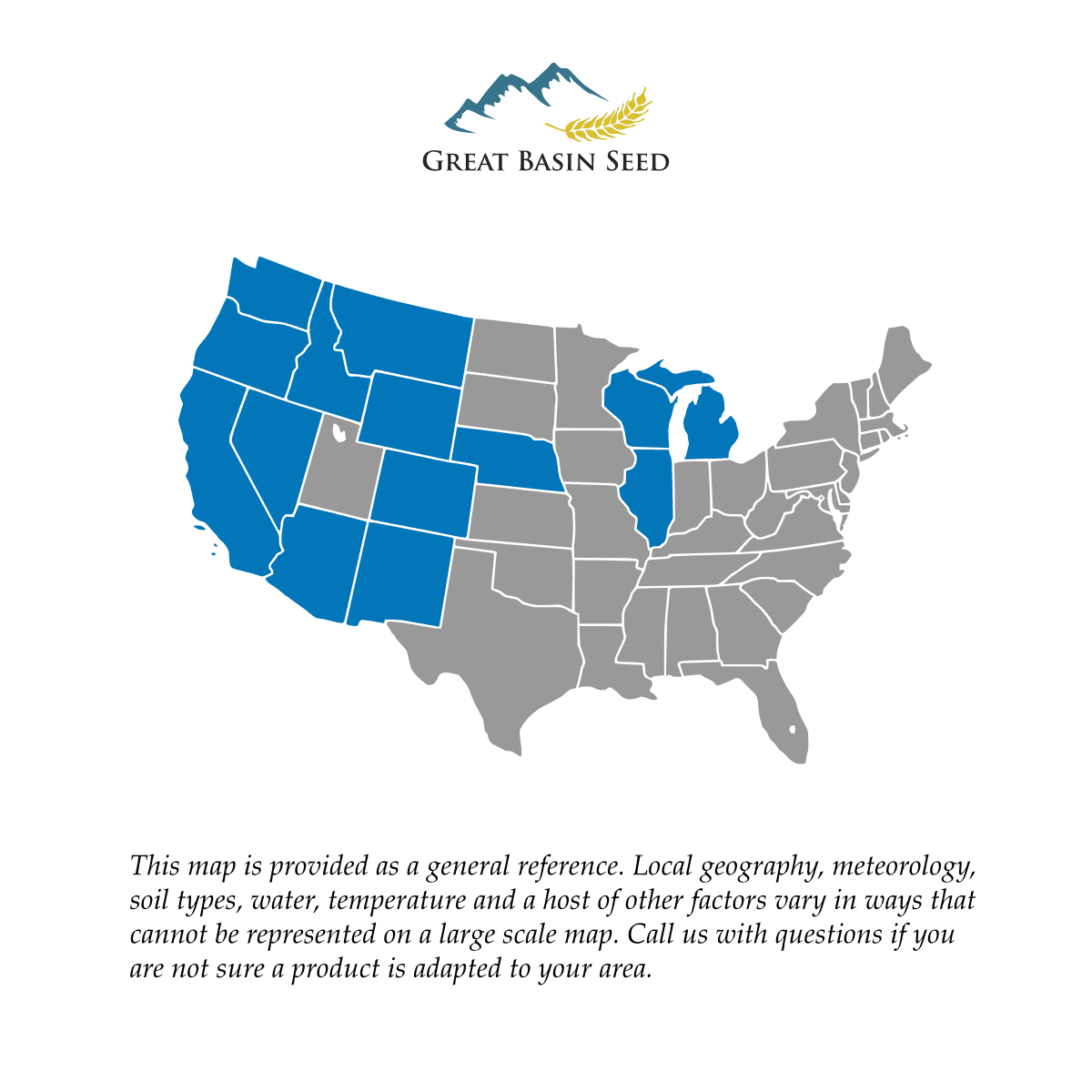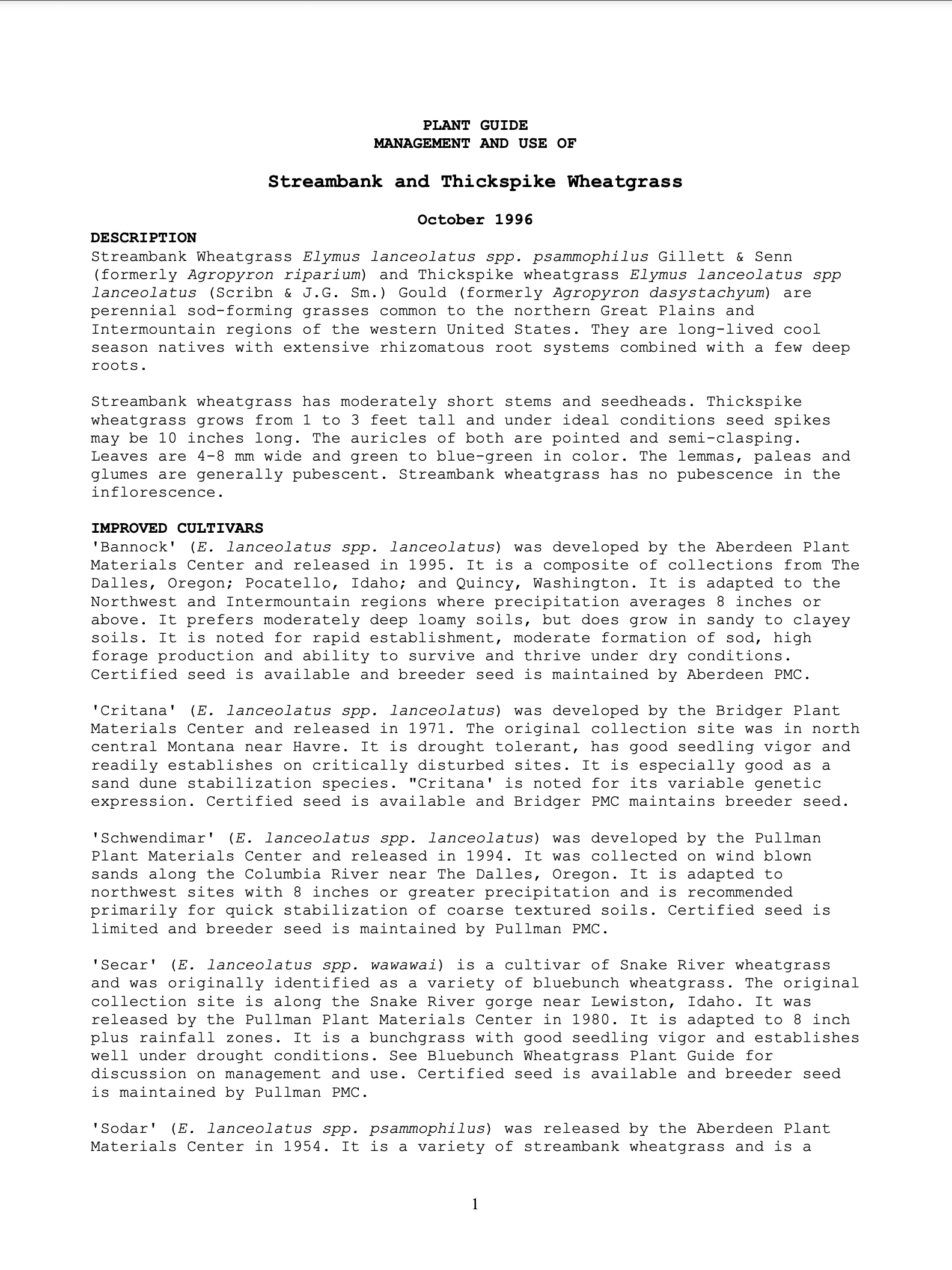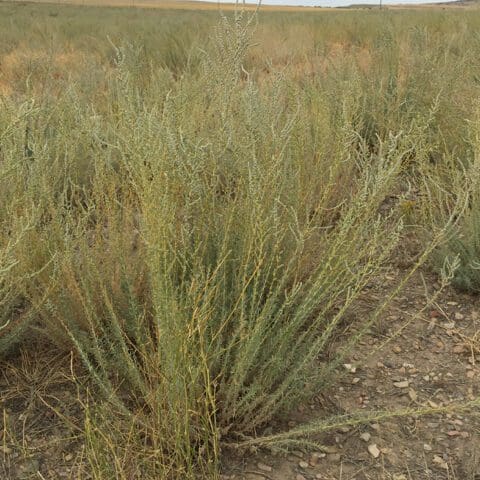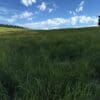

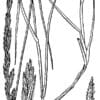
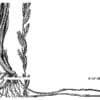
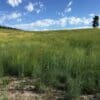
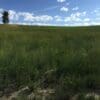
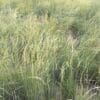
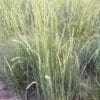
Thickspike Wheatgrass
- Scientific Name: Elymus lanceolatus
- Cool-season perennial grass
- Widely distributed native grass in the prairie region
- Good drought tolerance
- Prefers dry, well-drained areas
- Sod forming – well adapted to erosion control
Min. to Max. Annual Precipitation
48in.
Average Max. Height
Thickspike Wheatgrass is a long-lived cool season perennial grass that is drought-tolerant and sod forming. Produces a palatable and nutritious hay, although it is more productive when utilized as pasture. It is palatable to all grazing animals, both domestic and wild. The root system is a combination of creeping, underground rootstocks, and a dense shallow fibrous root.
Thickspike Wheatgrass (Elymus lanceolatus) is a cool-season, drought-tolerant, sod-forming, perennial grass. It generally grows in mixed and sparse stands with western wheatgrass and needlegrasses. It is the most widely distributed of native grasses in the prairie region of the United States and southern Canada.
It is a long-lived, perennial grass with good drought tolerance. The root system of thickspike wheatgrass is made up of a combination of creeping, underground rootstocks, a dense, shallow, fibrous root system (4 to 12 inches) and a few deep roots that penetrate below 2 feet, which make this plant quite drought-tolerant. Although this species is rhizomatous, it does develop small tufts of plants that are 18 to 30 inches tall. This plant is very similar to streambank wheatgrass, which has little or no pubescence.
Thickspike wheatgrass is adapted to a wide range of soils, but prefers medium- to coarse-textured and granular clay soils, slightly acid to moderately saline. It grows in precipitation zones of 6 to 20 inches (optimum 12 to 14 inches) at elevations ranging from 2,000 to 7,500 feet. It prefers dry, well-drained areas, but responds to additional moisture, and can withstand considerable periodic flooding. The early emergence and good seedling vigor of this plant make it well adapted to erosion control on drastically-disturbed sites, roadsides, oil and gas well sites, coal mines, urban development, etc.
Once established, the stands thicken and tend to become unproductive. It is less productive than western wheatgrass or most of the introduced, drought-tolerant grasses. It is competitive with weeds and other native species, but is easily crowded out by such introduced species as crested wheatgrass and smooth bromegrass.
Thickspike wheatgrass produces a palatable and nutritious hay, although it is more productive when utilized as pasture. Yields of hay depend greatly on the amount of extra moisture a site may receive. Native harvests will generally be made from stands composed of thickspike in association with western wheatgrass and/or green needlegrass.
Thickspike is palatable to all grazing animals, both domestic and wild. It starts growth early in the spring, and provides good grazing until early fall when it becomes somewhat wiry. Although it can be seeded alone, it is usually included in a broader mixture. The long, creeping rhizomes enable thickspike wheatgrass to withstand heavy grazing and considerable trampling. Once established, this grass will continue to spread and thicken the stand if conservatively grazed. It is quite compatible with western wheatgrass, as neither one forms a very tight sod under dryland conditions.
Previously known scientifically as Agropyron dasystachyum. Also known as Elymus macrourus and Elytrigia dasystacha.
***Click on the “Quick Plant Facts” tab above for more information.
Thickspike Wheatgrass NRCS Plant Guide
Thickspike Wheatgrass NRCS Plant Guide
PDF version of NRCS Plant Guide & Fact Sheet
Compiled by: Daniel G. Ogle, Plant Materials Specialist, NRCS, Boise, Idaho.
Helpful Links
Additional information about this product can be found on the academic websites linked below.
Synonyms
Many plants have more than one common and scientific name. We've listed a few of them below.
- Thickspike Wheatgrass
- Elymus trachycaulus
Who is Great Basin Seed?
Great Basin Seed is a seed company that specializes in seed sales and consultation for home, ranch, farm, range and reclamation. We have been a leader in the seed industry since 1974.
Our History
We've been in the seed business since 1974.
What We Offer
We offer seed for home, farm, ranch, range and reclamation projects.
Meet the Gang
We have the best employees in the world! We are proud of the work they do, and trust them to serve you!
Right: Company founder Lloyd and his wife Paula Stevens in a wildflower seed production field circa 1977
Quick Plant Facts
| Common Name: | Thickspike Wheatgrass |
|---|---|
| Scientific Name: | |
| Old Scientific Name: | |
| Lifespan: | |
| Origin: | |
| Plant Type: | |
| pH Tolerance: | |
| Seed Count | 156,000 seeds/lb. |
| Growth Height: | |
| Root Form | Sodformer |
| Sowing Rate | 6-11 PLS lbs. per Acre |
| Min. Precipitation | 5 – 8 Inches Minimum |
| Best Sowing Time | Spring or Fall |
| Max Sowing Depth: | |
| Growth Season: | |
| Sun & Shade Tolerance: | Full Sun, Shade Intolerant |
| Elevation of Occurance: | |
| Available Varieties: | |
| Hardiness Zones: |
